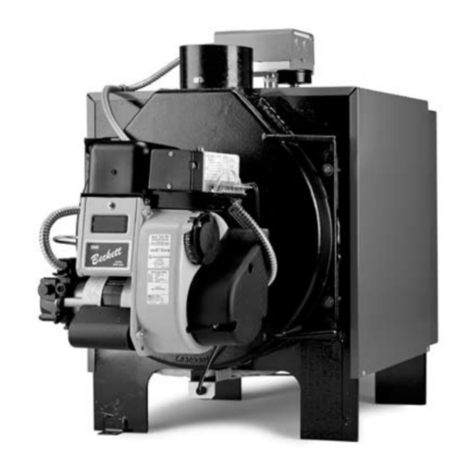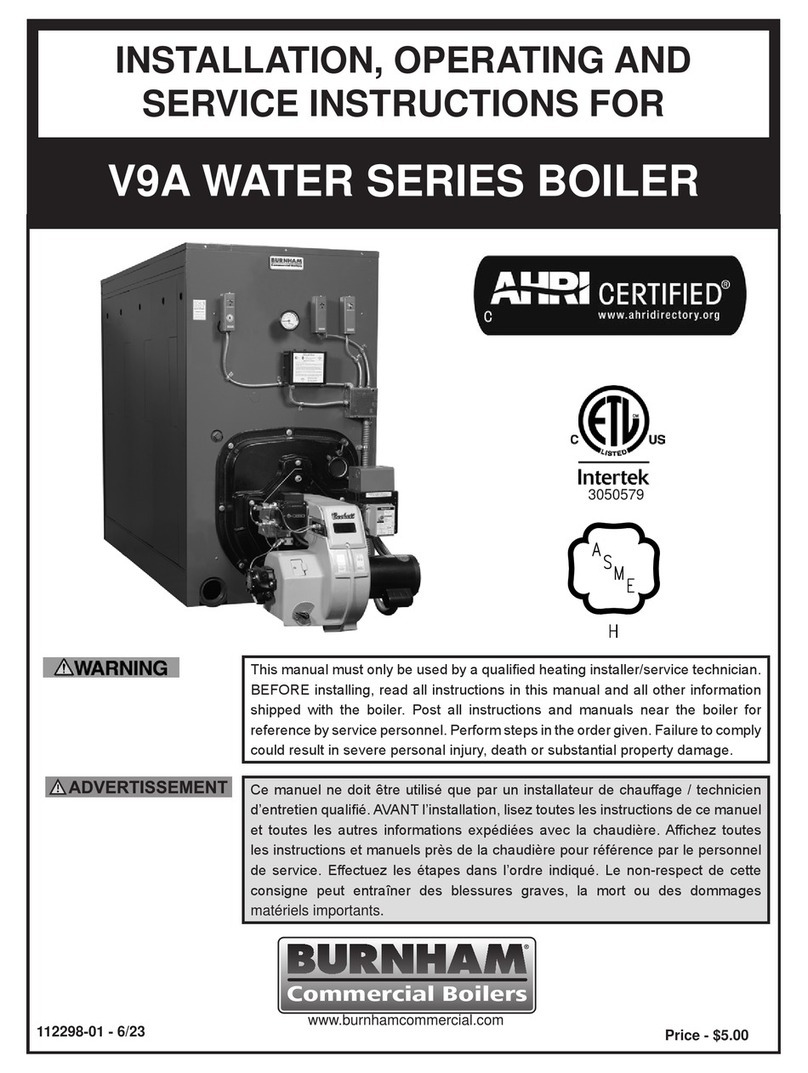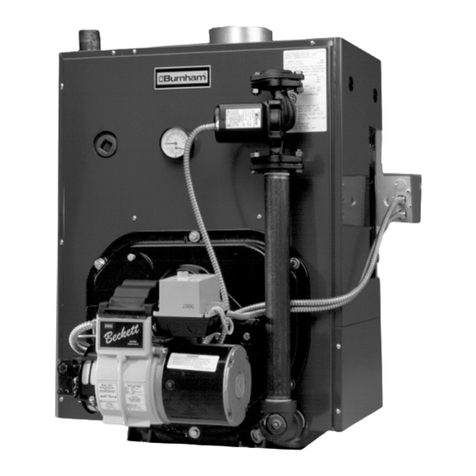Burnham 8HE Series User guide
Other Burnham Boiler manuals
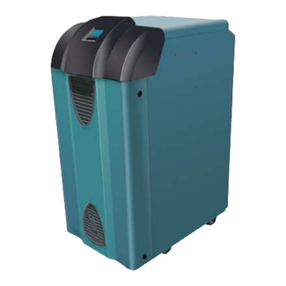
Burnham
Burnham ES2 ES2 Installation and maintenance instructions
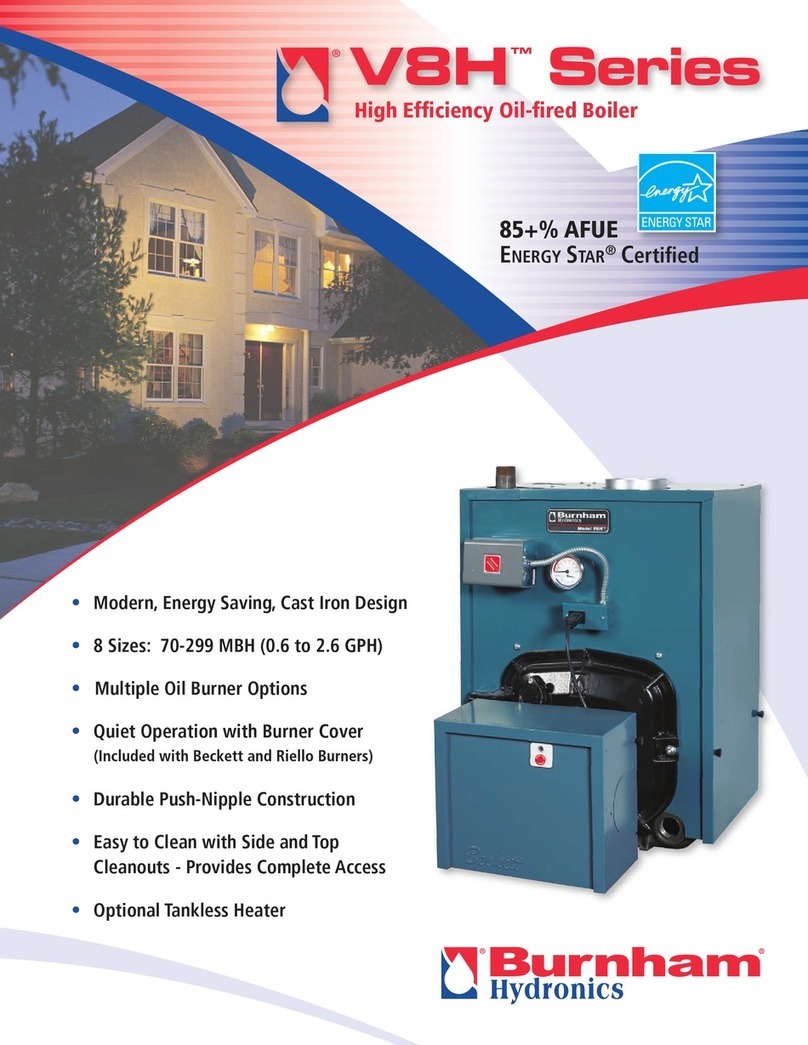
Burnham
Burnham V8H Series User manual
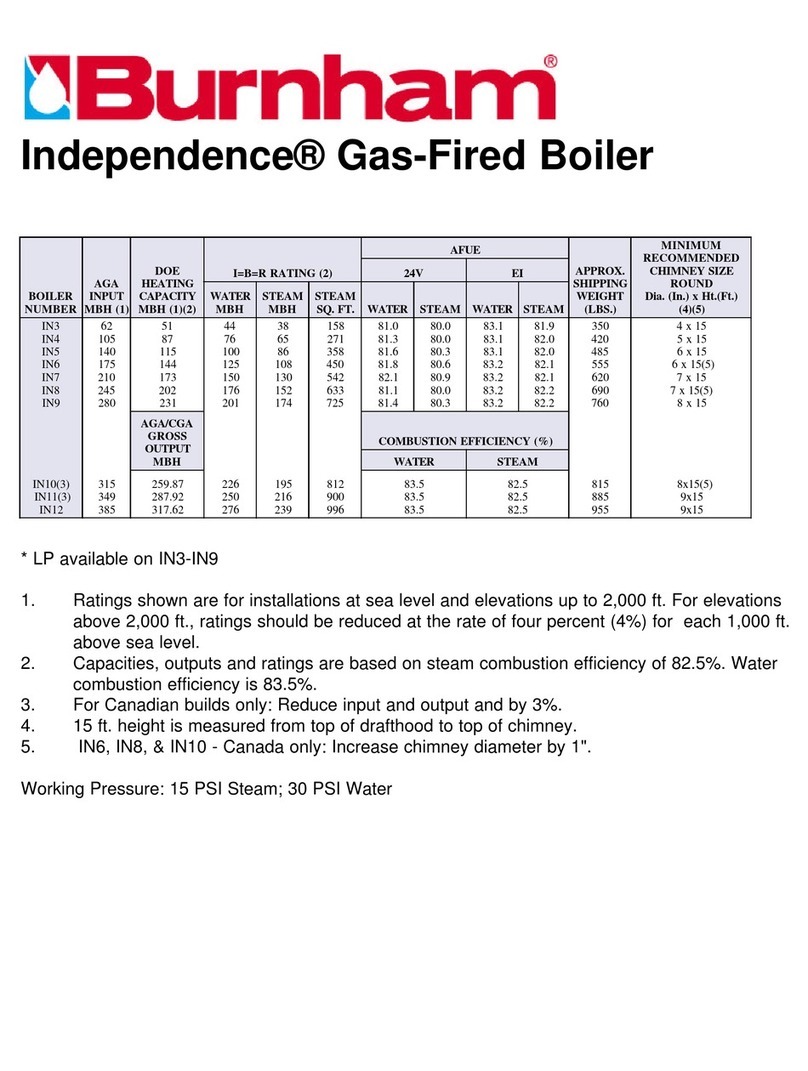
Burnham
Burnham Independence IN12 User manual
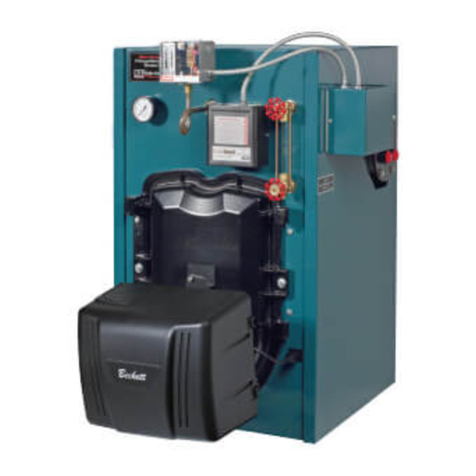
Burnham
Burnham MPO84 User manual
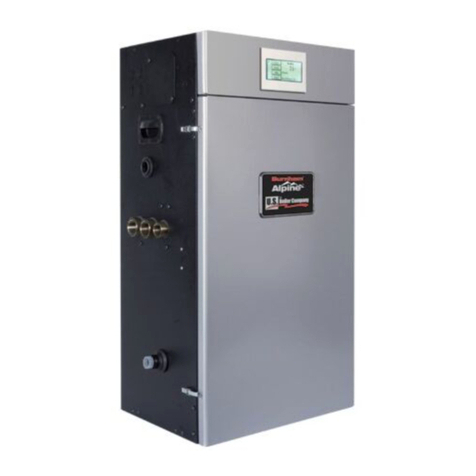
Burnham
Burnham Alpine ALP080 User manual
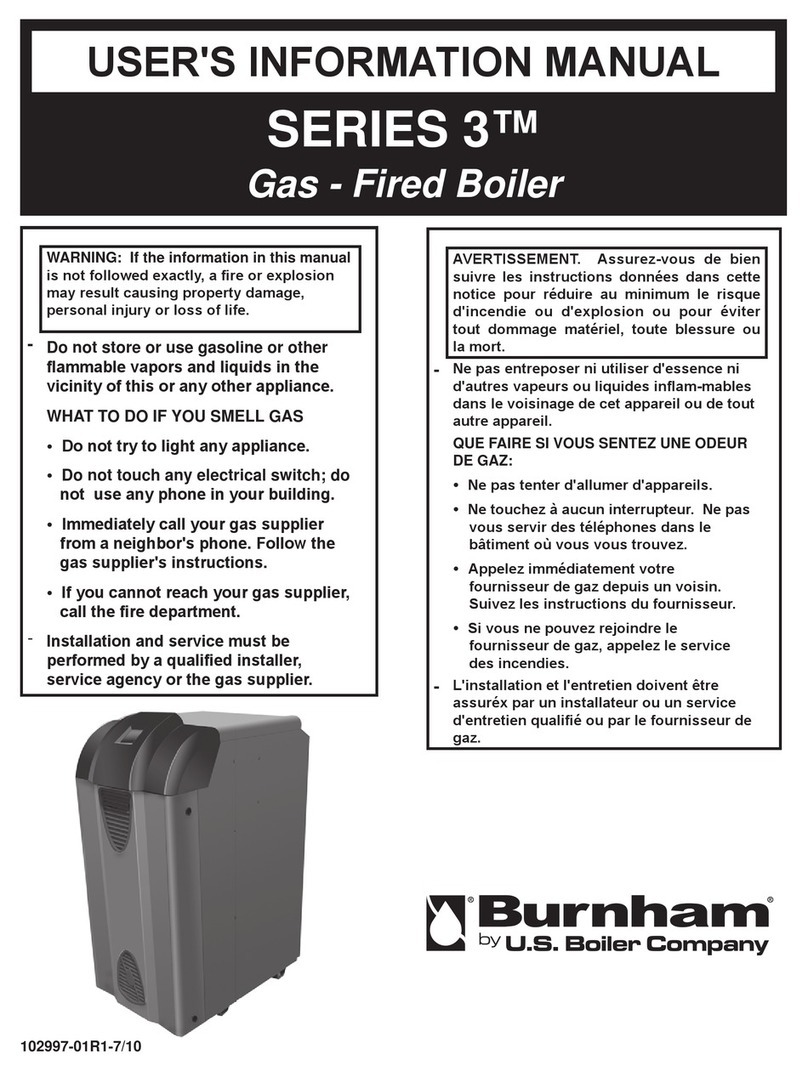
Burnham
Burnham SERIES 3 1099-01R1-/10 Guide
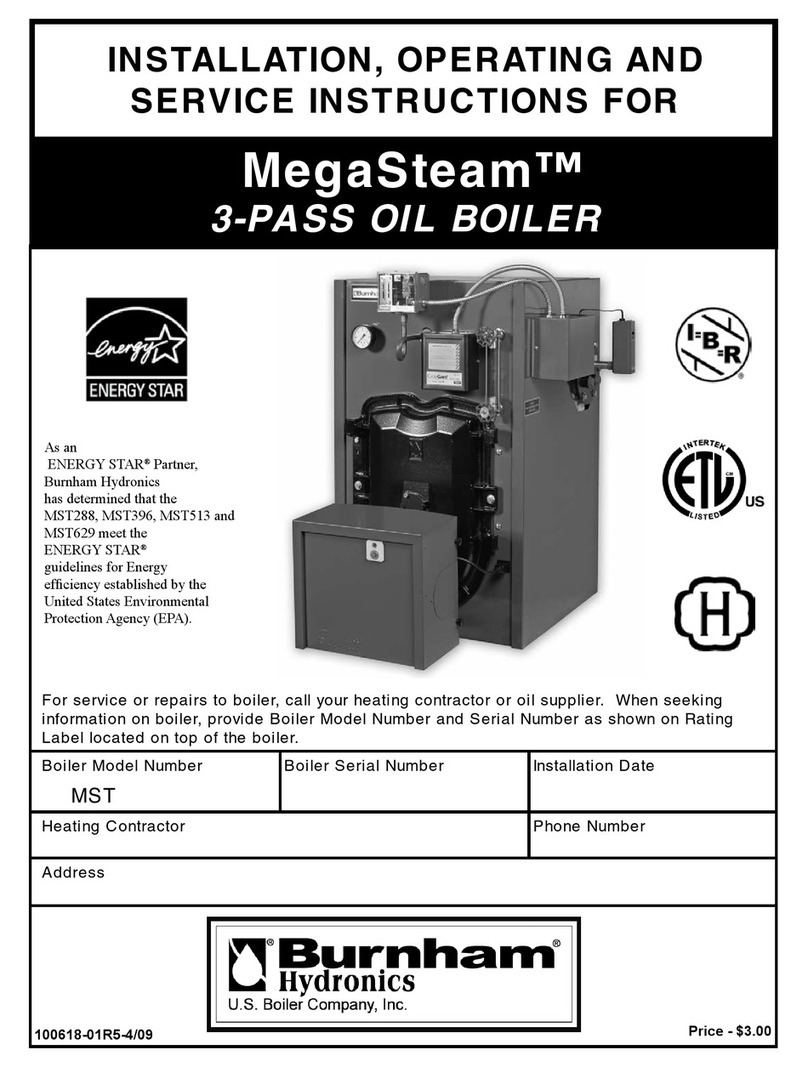
Burnham
Burnham MST513 Service manual

Burnham
Burnham V9A Series Service manual
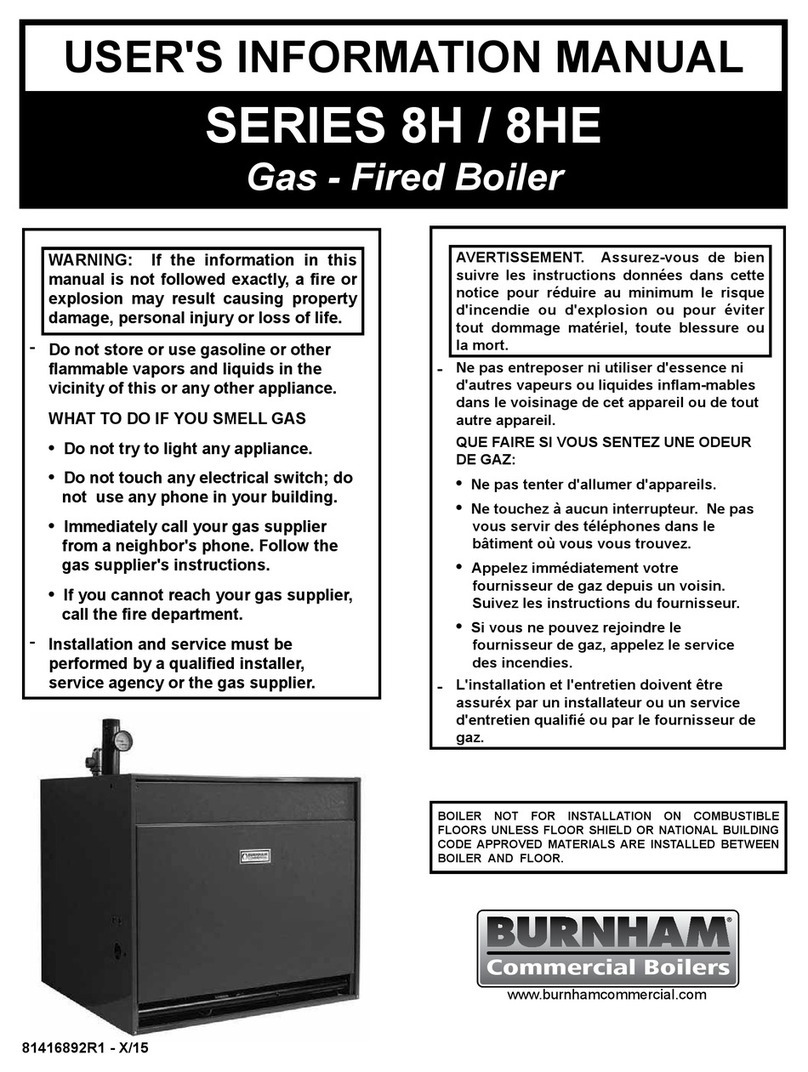
Burnham
Burnham 8H Series Guide
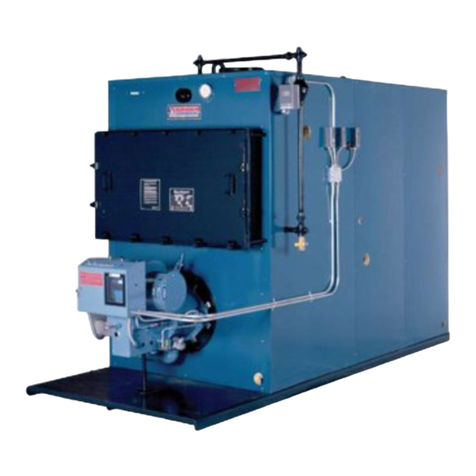
Burnham
Burnham 4FHL-63A User manual
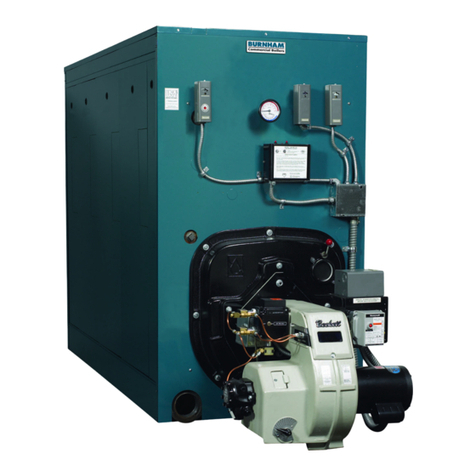
Burnham
Burnham V903A User manual

Burnham
Burnham Revolution Guide
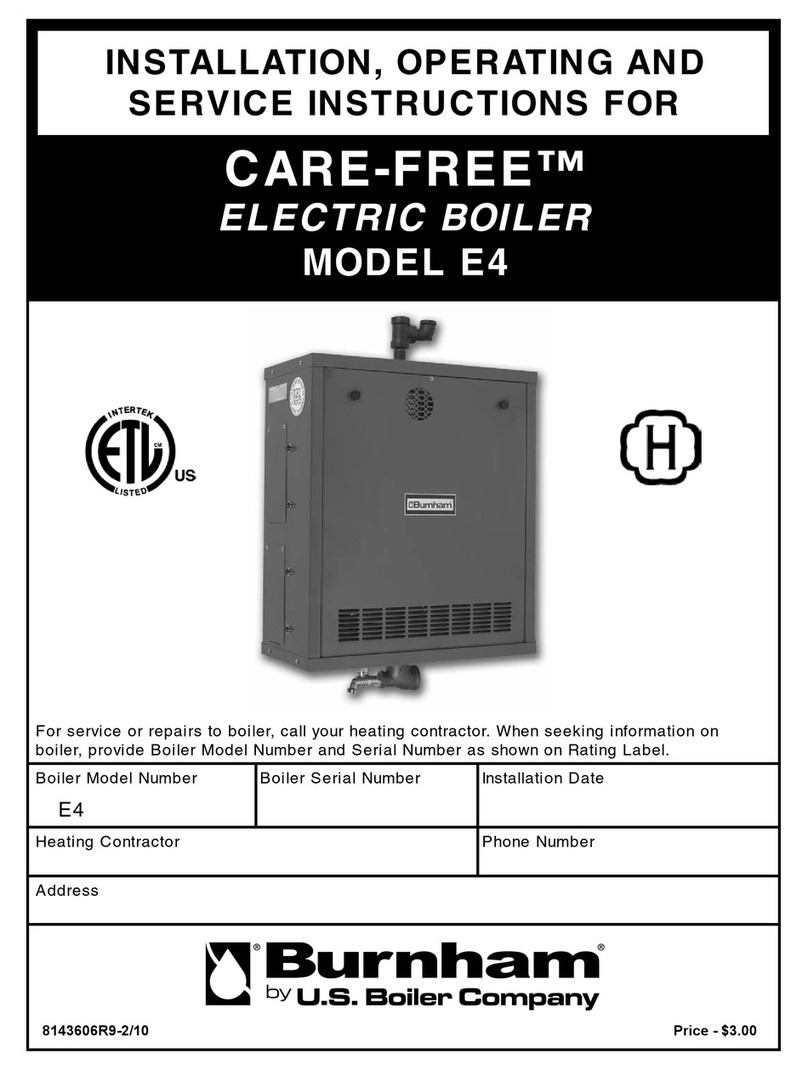
Burnham
Burnham Care-Free E4 Service manual

Burnham
Burnham Alpine Series Manual
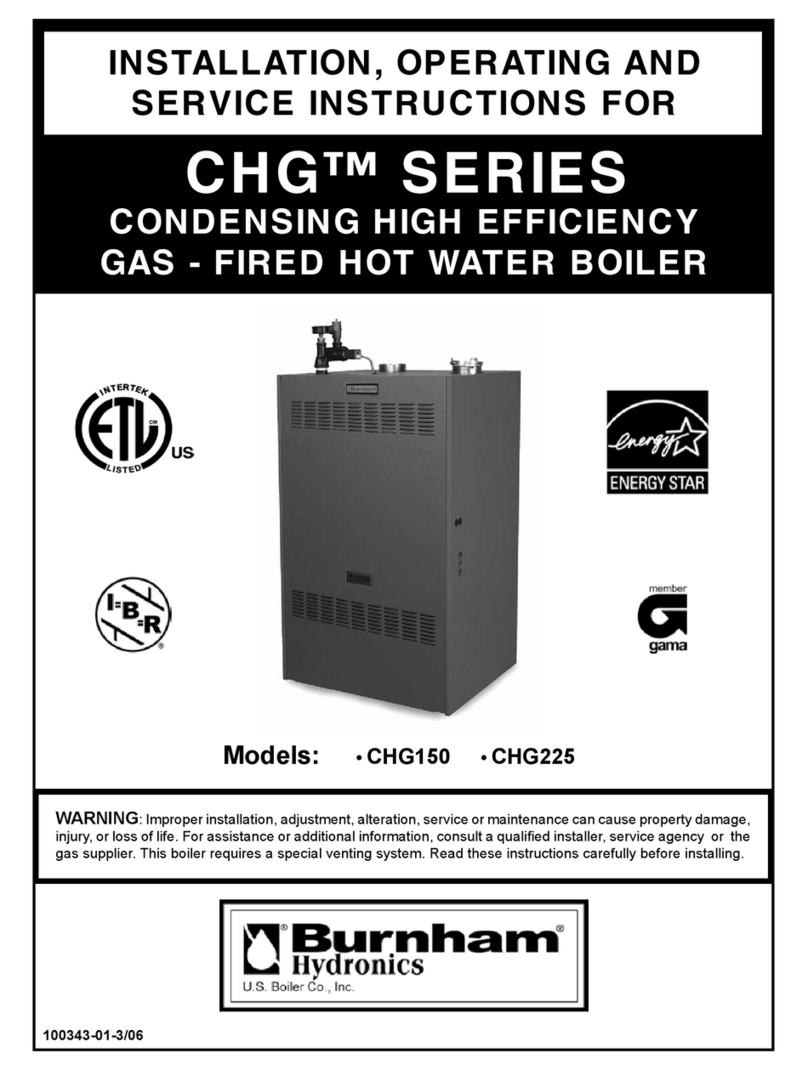
Burnham
Burnham CHG CHG225 User manual

Burnham
Burnham E4 Service manual
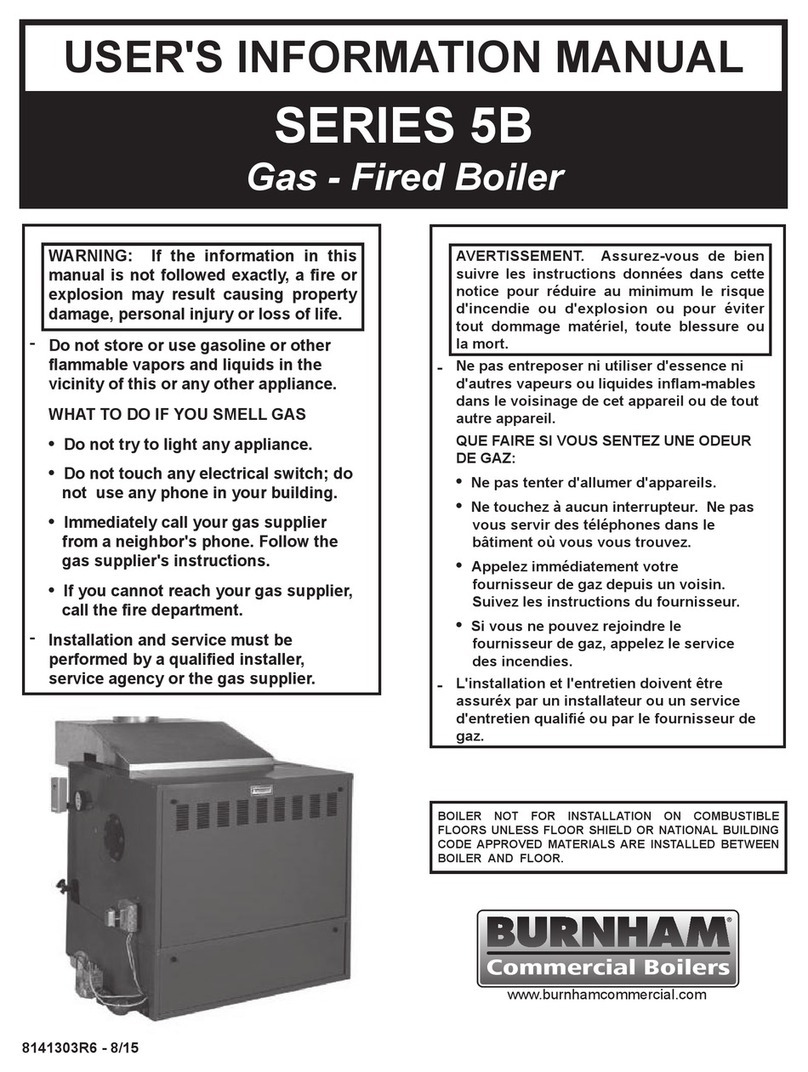
Burnham
Burnham 5B Series Guide
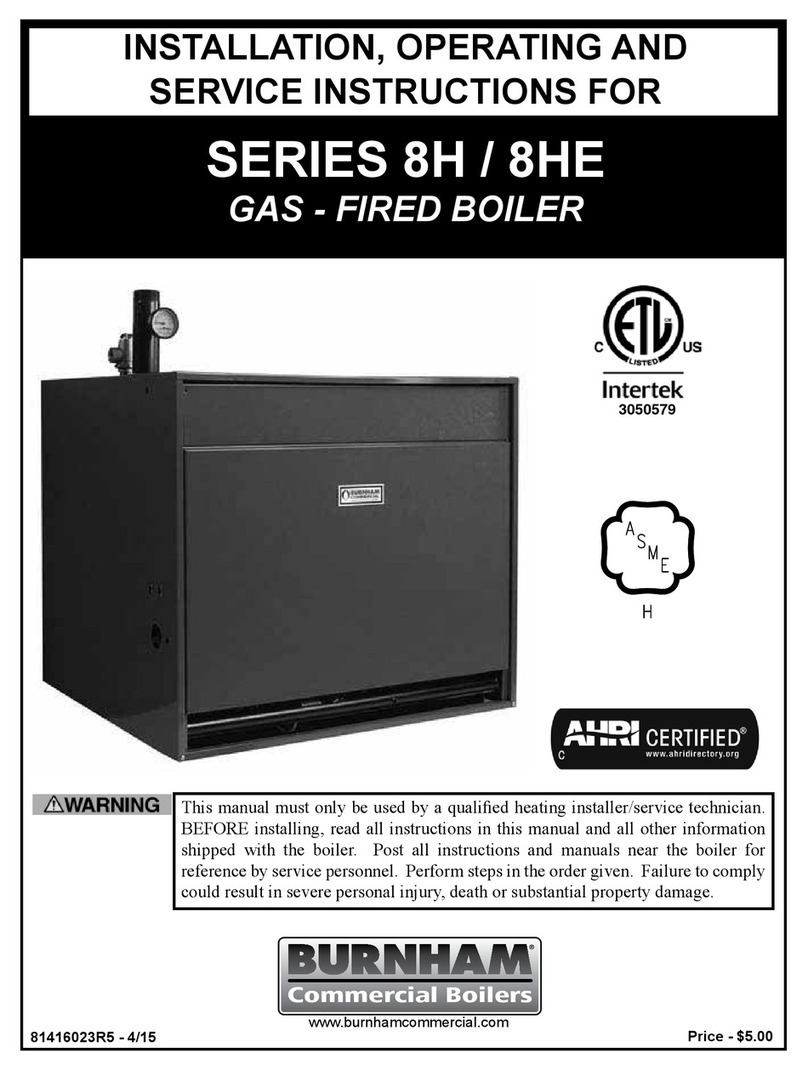
Burnham
Burnham 805H Service manual
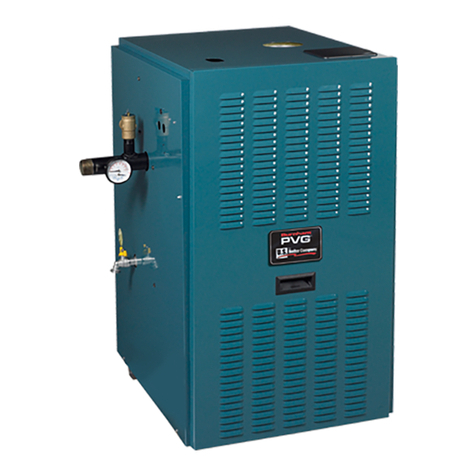
Burnham
Burnham SCG-3 User manual

Burnham
Burnham SM-6 Service manual
Popular Boiler manuals by other brands
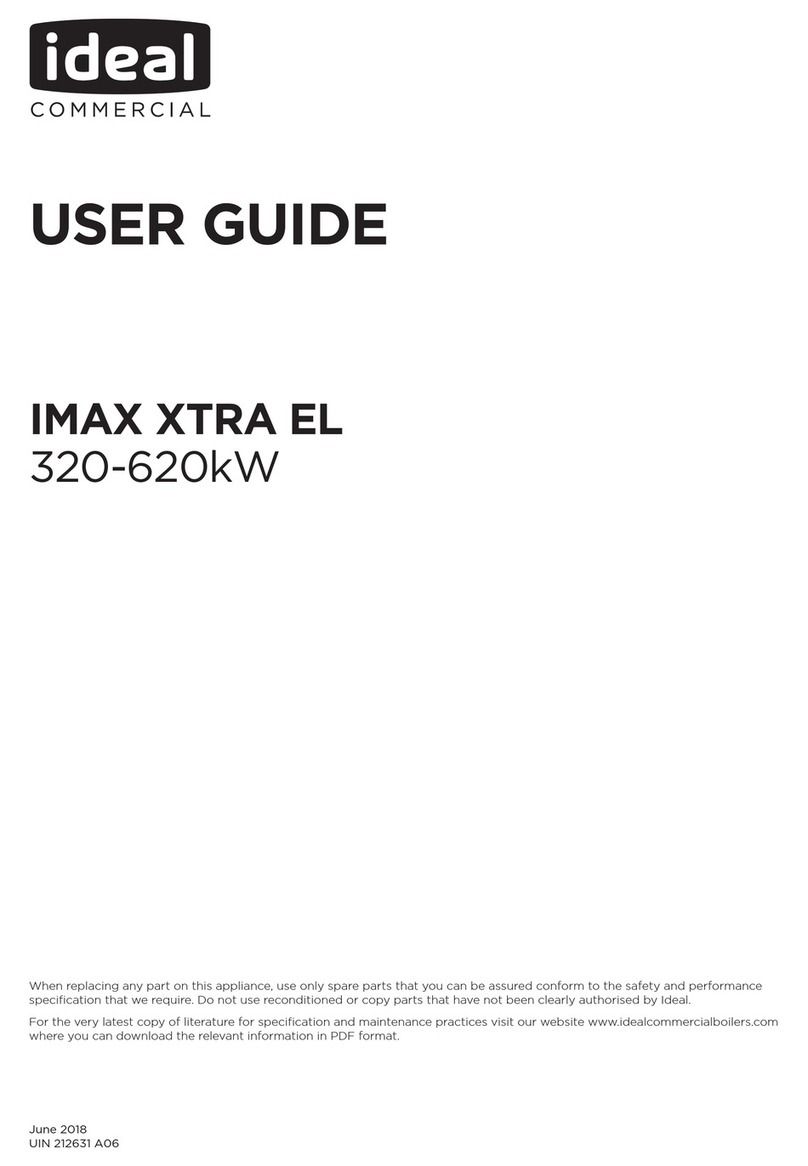
IDEAL
IDEAL IMAX XTRA EL 320 user guide
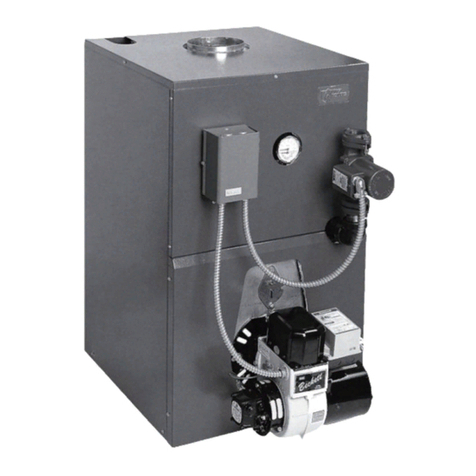
UTICA BOILERS
UTICA BOILERS BC3D Installation, operation & maintenance manual
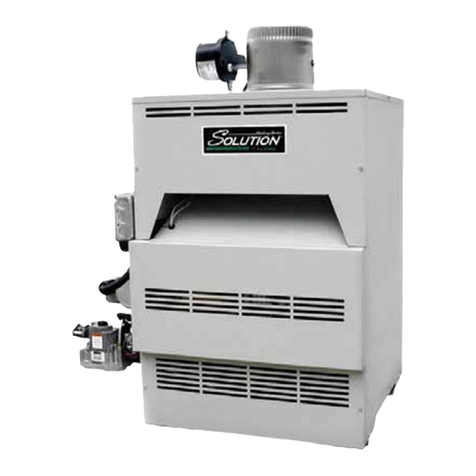
Lochinvar
Lochinvar SOLUTION 260000 Installation & service manual
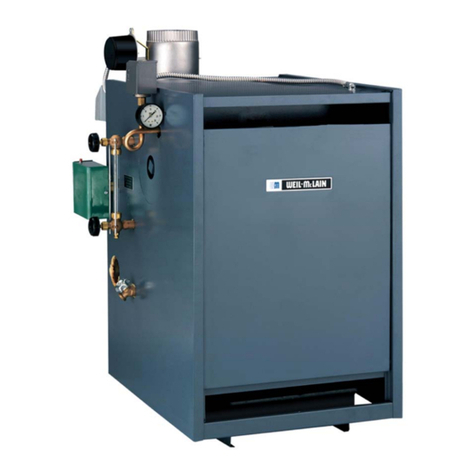
Weil-McLain
Weil-McLain EG 6 Series manual
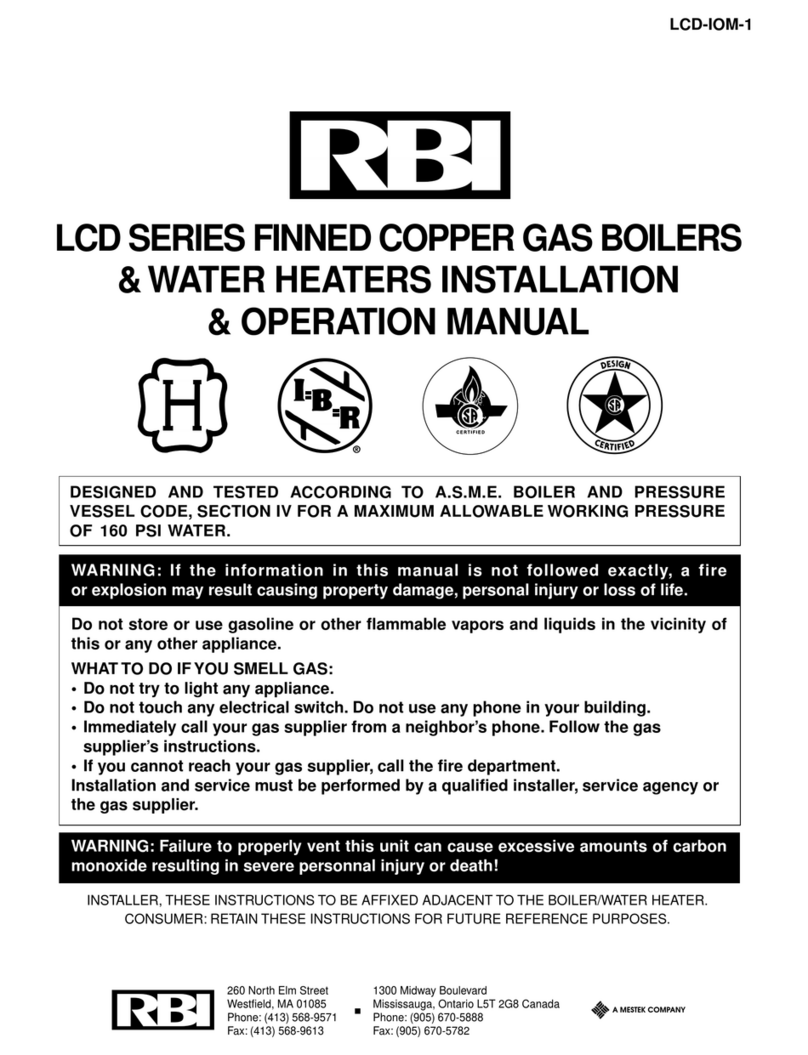
RBI
RBI LCD Series Installation & operation manual
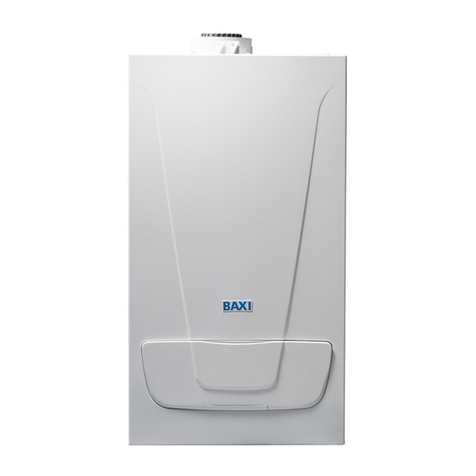
Baxi
Baxi MainEco Combi 28 Installation and service manual
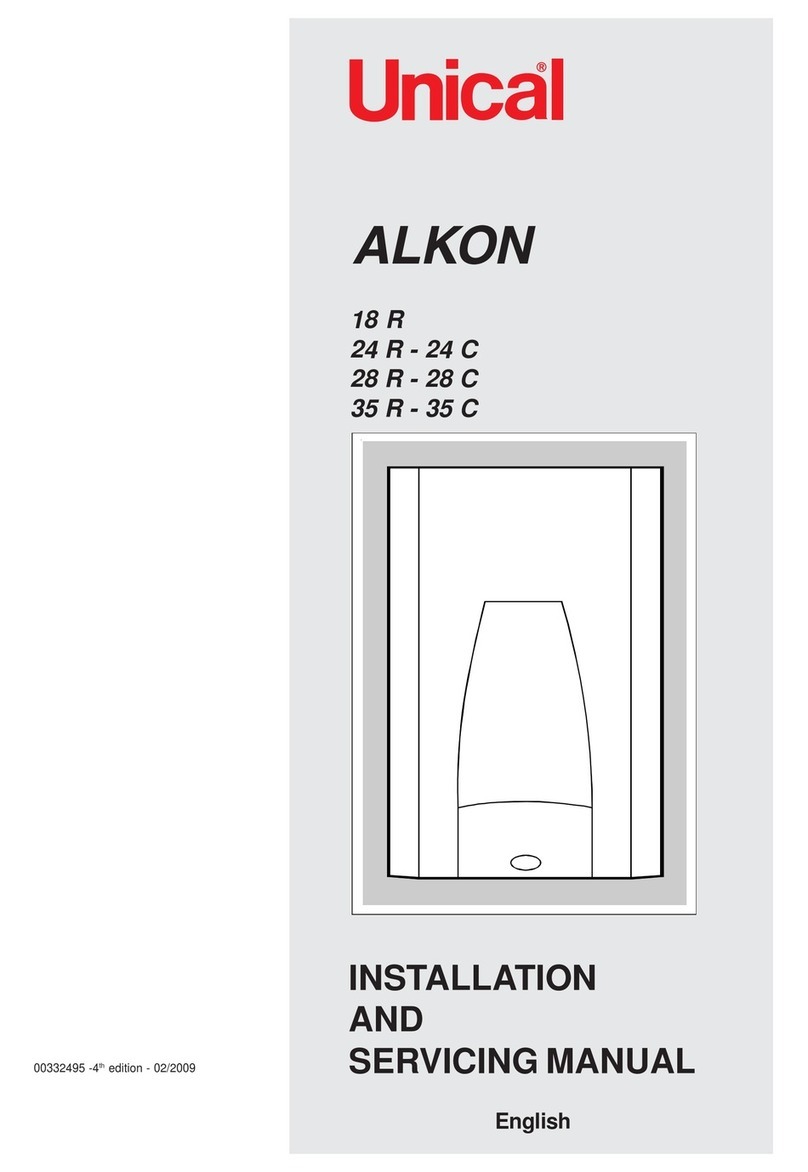
Unical
Unical ALKON R 24 Installation and Servicing Manual
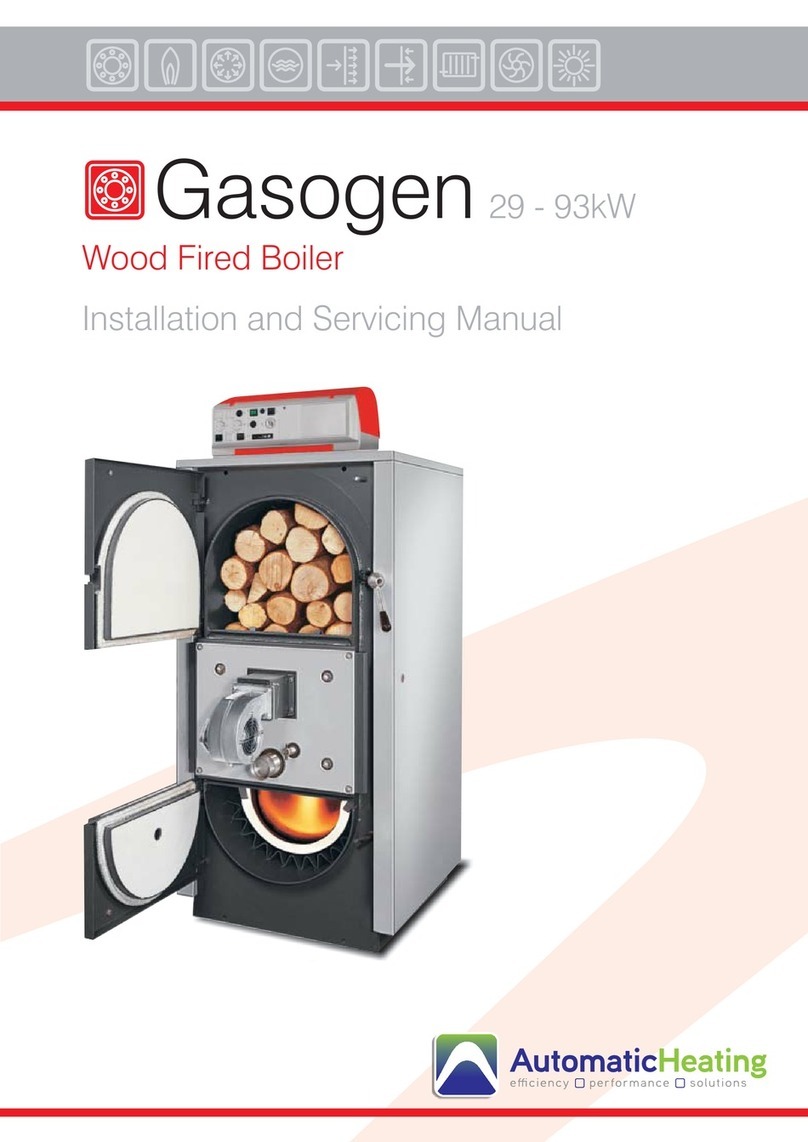
Automatic Heating
Automatic Heating Gasogen Installation and Servicing Manual

Viessmann
Viessmann VITORADIAL 300-T Type VR3 Service instructions for contractors
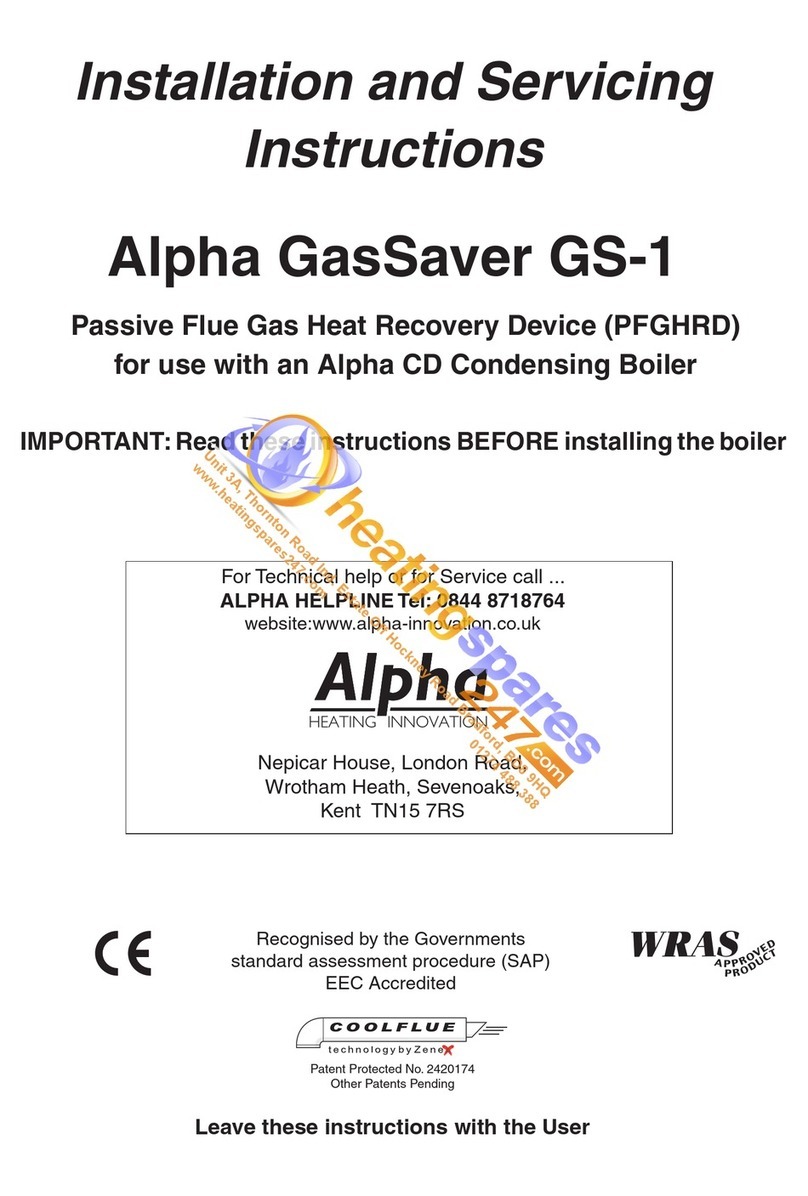
Alpha
Alpha GasSaver GS-1 Installation and servicing instructions

Baxi
Baxi ROCA LAURA PLUS 28/28 Operating, cleaning and maintenance instructions for the user
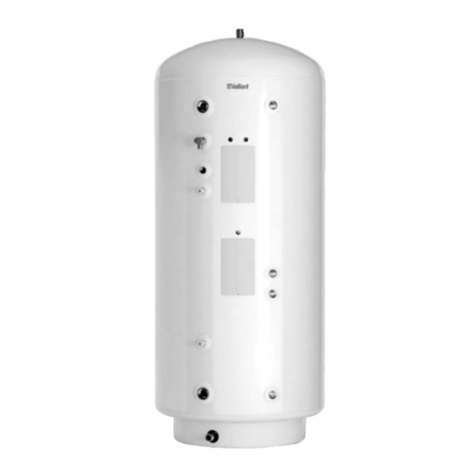
Vaillant
Vaillant uniSTOR VIH SW GB 500 BES operating instructions

Kärcher
Kärcher HWE 4000 Gas manual
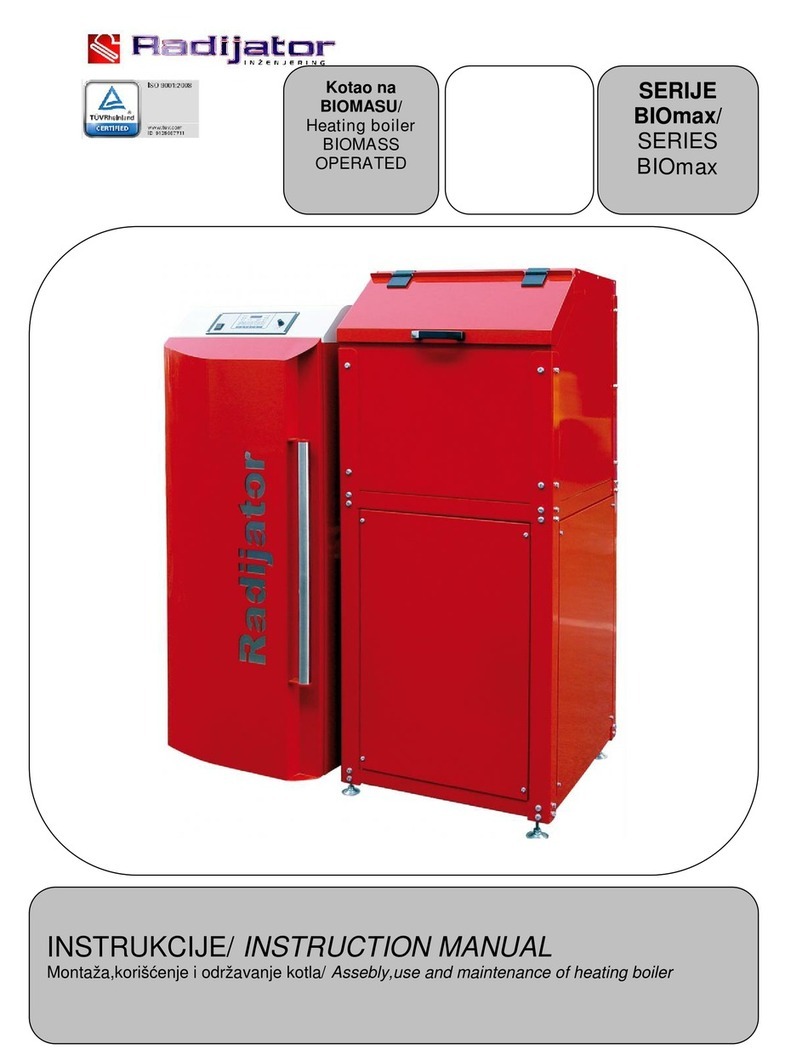
Radijator
Radijator BIO max 23.1 instruction manual

Granby
Granby BKC Installation, operation and maintenance manual
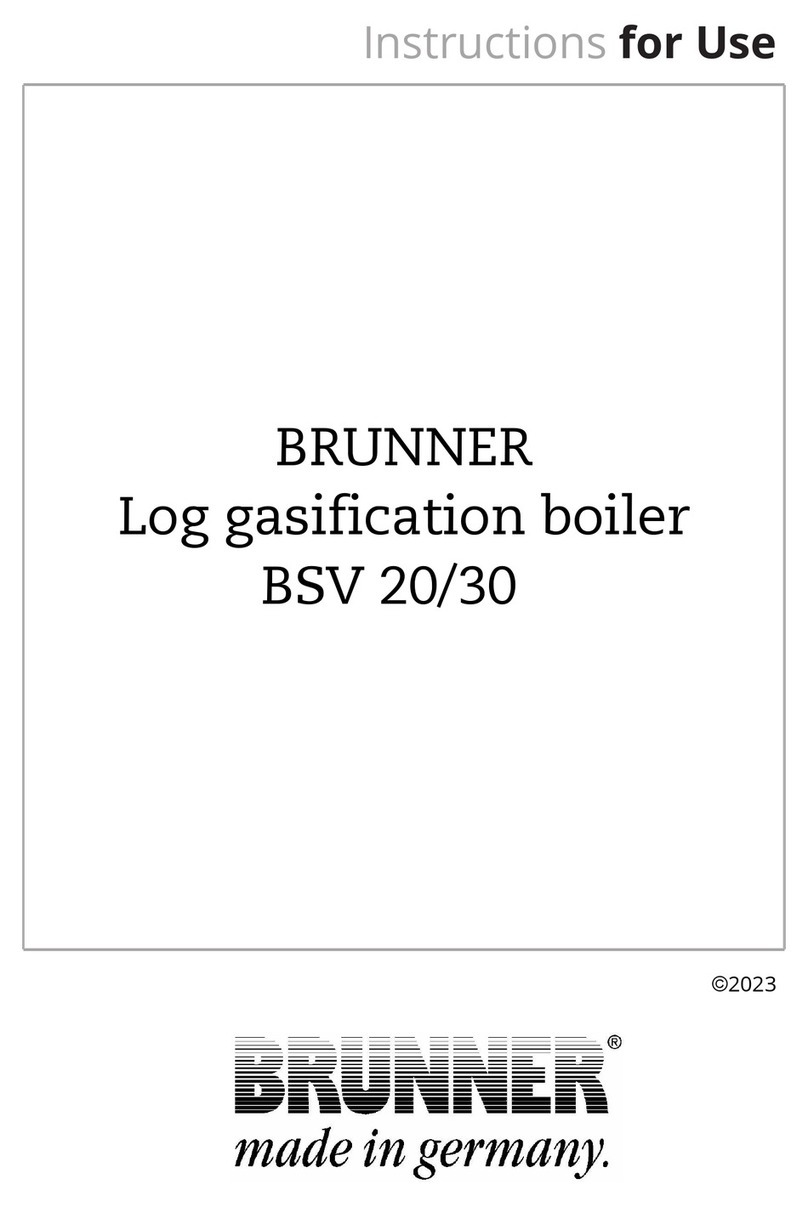
Brunner
Brunner BSV 20 Instructions for use

Potterton
Potterton 50e Installation and Servicing Manual
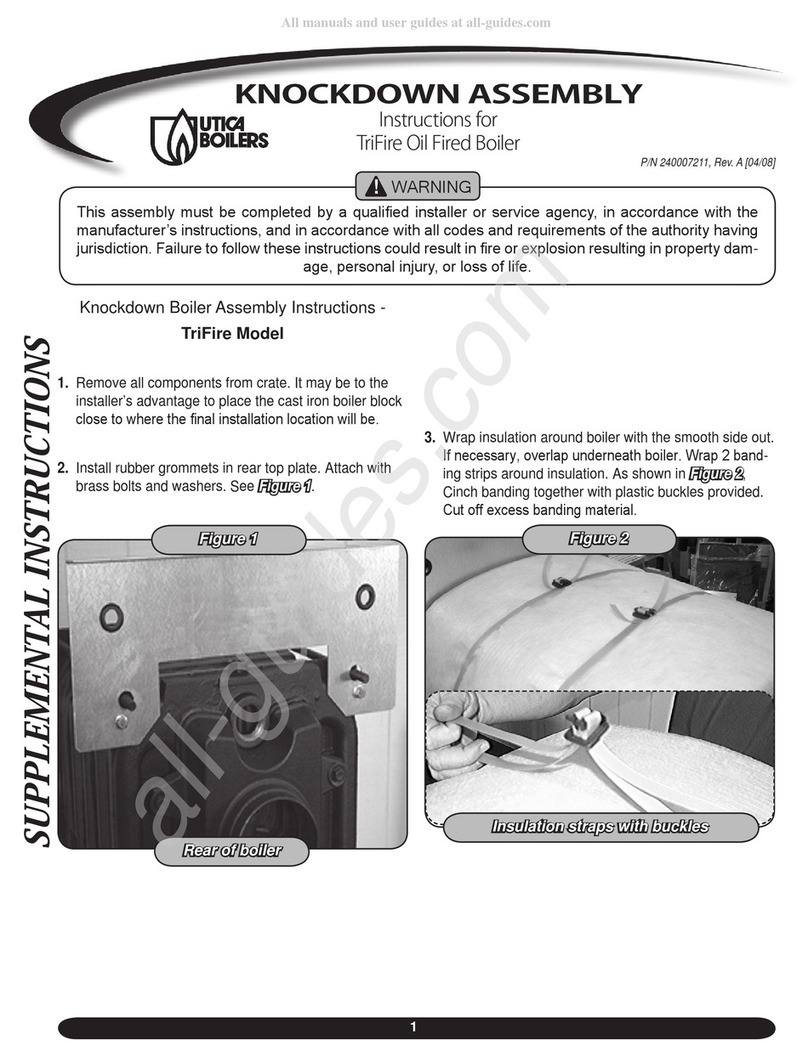
UTICA BOILERS
UTICA BOILERS TriFire Assembly instructions

